PROTECT YOUR DNA WITH QUANTUM TECHNOLOGY
Orgo-Life the new way to the future Advertising by AdpathwayWith nearly eight years of products, improvements, and iterations, Wizard Works has come a long way. Started as a means to provide bags for themselves, founders Harry and Ve have long since had a dream of making their fun and fabulous bags waterproof. Now, after years of exploring the realities of what it takes to do so, they’re here. In Nic’s Wizard Works shop visit, he dives into the story behind their long, strange journey to aquatic impermeability…
Harry and Ve, short for Veronica, were the silliest people I met in England. While expos like Bespoked aren’t necessarily full of people in suits and ties looking to close deals, they were still a departure from your typical already-lax bike industry folk. Sporting a toothy grin, I spotted Harry at their booth and started chatting.
“We are really very small”
He kept saying it, almost like a sort of joke-y tag line. Ve then joined, giggling.
“Yes, we’re tiny!”
“It is a small team over here at Wizard Works!” They continued, laughing.
A few days later, the laughs didn’t stop.
To say I’d overextended myself during my two-week stay would be putting it lightly, at least by my standards. After a whirlwind few days covering the 2025 edition of Bespoked in Manchester, followed by an immediate all-day visit to Restrap, and a full day navigating the nation’s increasingly malfunctioning and dilapidated train system, I’d signed on for another day doing work-adjacent things. Though I didn’t get to my accommodation in London until about midnight, I was scheduled for a visit with Harry and Ve at 7 AM sharp, with a solid hour and some commute to a cafe of their choosing.
“My oh my, what have I done?” I wondered.
Nevertheless, with a few hours of sleep powered by a will to get my giggle on, I trudged over to a cafe in Greenwich Village. Within a few minutes of my arrival, I was glad I’d persevered. Though business was the intended topic of discussion, I’d venture to say it’s common for Harry and Ve to wander off on joyful tangents with anyone. Bursting with life, we spoke to everything from their origins as world tourers to their newly semi-settled life in London. That said, they were bursting at the seams to show me some of the new things they had going on at Wizard Works HQ. It’s essentially what kept me in London and a big part of where they’re headed as a company.
After breakfast, we took the scenic route through the city, where Harry and Ve played tour guides. It was clear they loved the city they inhabited and saw the distinct value in manufacturing there. “In our last studio, we were on the ground floor and had large windows, so people could see what we were doing, and it made us realise how divorced people are from the reality of how things are made.” Harry spoke about how the UK used to be a powerhouse of textile manufacturing, but, like much of the West, had eventually moved production away from domestic facilities. “First the manufacturing went and now the knowledge is dwindling. We are only a tiny company, but we feel a sense of responsibility in keeping these skills alive, and in creating good jobs for young people who want to make things.”
It was a small team. By no means comparable to the scale of others I’d visited while across the pond, but a close-knit crew that shared everything from ideas to coffee and biscuits. “The Funguy has surprised us by being one of our best selling items, perhaps ever. It came from a seasonal key pass holder that Suzie had made one lunch break, adapted and tweaked to become the reflective ‘shroom it is now. We love that the team can use the materials and machines to make their own projects, and that these feedback into what we make as a company.”
On the other end of the scale was their new seam-sealing machine. A machine that represents a titanic move toward a goal they’ve worked toward since the inception of Wizard Works. Plugged in and installed in a small corner of the shop, this new device had yet to take on a name. In fact, witnessing them prototype taped liners for their first waterproof releases was among the first few times they’d used it, but it was the last stop on a long journey before that. “Way back, when I first started making bags in my bedroom in Vancouver in 2016, I arrogantly thought I could make lighter and more waterproof bags than those I had been using on our cycle tour before, only to find quite quickly I couldn’t”. Harry laughed “But here we are 8 years later on the verge of making waterproof bags!”
Ve continued, “In 2022 we began to seriously think about waterproofing as an important next step for the brand. The UK is a rainy place, and we needed to address the needs of our community. Initially there was a lot of research into the positives an negatives of the different method for making waterproofing and we began to look for a UK based manufacturing partner to make waterproof floating liners for our roll-top bags. Things were looking good, and then the partner we had been working with went bust. That set us back to the beginning and after identifying two new possible partners who were also small businesses we began to think ‘what happens if after the first order they can’t do it anymore?’ Some of our bags would be waterproof, and then we’d have to stop? What then? It was enough to make us rethink how we were going about this process, and we realised we needed to bring the process in house and make our own waterproof liners.”
“Taping machines are big an expensive, and for a while we thought that we wouldn’t be able to proceed in any direction. Then a second hand machine appeared and that was it, the wheels were finally in motion”
As Tash, their production manager, continued with her seam experiments, Harry elaborated on the details behind that long journey. “Most waterproof bags are welded, which gives an aesthetic we aren’t really into. We began to think how cool it would be to be able to preserve our stitched aesthetic but have the same serious waterproofing. And this would be super cool for such a small company!” he said. Few in England were doing the distinctly niche cross-section of bike-specific bags that weren’t necessarily engineered for going fast, so they felt they had a gap in the market to target. Of course, like most things, they’re defined by their surroundings. The UK is a particularly damp place, so making the bags similar to the ones they’d already enjoyed but optimized for their home nation only made sense. Alas, as they explained the details of what it is to make any bag, it became clear how big of an undertaking waterproofing is.
“Any time you sew a seam, even in waterproof materials, you are creating a line of holes with the needle, like perforations, that water seeps through over time. To make sewn things waterproof you have to essentially cover those holes, which is where seam taping comes in” Harry and their production manager, Tash, explained. “Seams are also a good way to think of the cost of making something. Every seam represents the labour time of a person, the more seams the more cost and vice versa.” Harry pulled out a stopwatch. “Of course, in a completely non-competitive or consequential fashion, we time everyone to see how long a bag or part of a bag will take. It’s data we need to know, because it directly affects the price of the bag.”
Now, the mountains of bags that surrounded me took on a whole new meaning. Each stitch, each seam, each line of fabric took on a whole new dimension. They weren’t soulless products anymore. They were hand-stitched creations—a result of hundreds of hours of experience, ideation, and skill. Speaking more specifically to the new, highly engineered nature of their bags, Harry and Ve were sure to give credit where credit is due. “We started making bags for ourselves because, like many people, we just didn’t see what we wanted at the time. When the idea was planted that this could be a business the initial goal was to have the same days off together as that’s something we’d never had. And as soon as we hired our first employee that happened! Most of the people we’ve hired have backgrounds in fashion and textile work, so the product has improved immensely. We’re obviously still involved in the making, design, distribution, marketing, and shipping, but having people like Tash, Adam and Suzie is why we’re so much better today.”
Looking at each portion of the bag and the process behind it, it was hard not to marvel at how it came to be. That careful operation was something Harry spoke to as we boarded the train to Faversham later that day. “A simplicity of look, achieved by a complexity of design,” Harry said. “That’s the idea with what we want to achieve. We’re hitting a strange sort of niche market. A lot of bag makers in the UK do fantastic work in making incredibly proficient, technically focused bikepacking gear. But that just isn’t us. A core idea around what we make is that it is fun. We want to make things that both technically good and fun.” It was the sort of thing you see in an overwrought marketing copy. But here, it felt authentic.
A Brother Cycles prototype Pinecone with a Wizard Works mini frame bag.
“Do you think you could run a company on reflective mushroom attachments alone?” Will of Brother Cycles joked as he hit a skid. We’d arrived in the seaside town where Brother Cycles is based for an afternoon ride. As we glided through the British countryside, the fun became clear. As they reminisced through years of collaboration and friendship, jokes about the common headaches and complexities of working in the modern bike industry served as background noise. They were grateful for the lives they’d created for themselves, but amazed that they’d really just started with a simple idea. Fun, waterproof cycling bags—how hard could that be? After eight years, countless products, too many countries, miles, sales, iterations, and tests, they were finally on the other side of that seemingly simple question. What lay in the now-impermeable layers in between was Wizard Works—a tiny operation just trying to have some fun.
Further Reading
Make sure to dig into these related articles for more info...
Please keep the conversation civil, constructive, and inclusive, or your comment will be removed.


 2 weeks ago
8
2 weeks ago
8
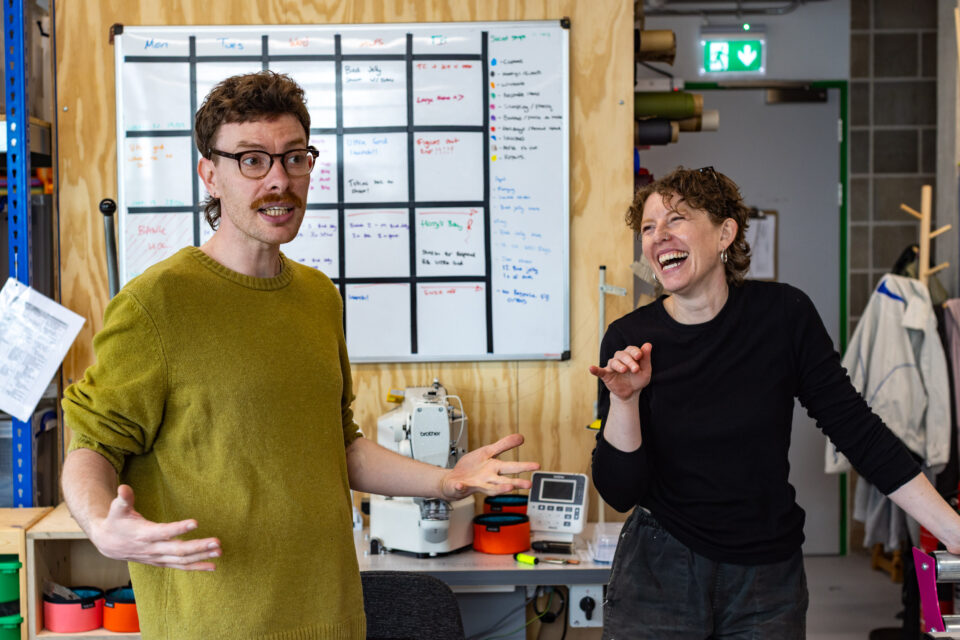
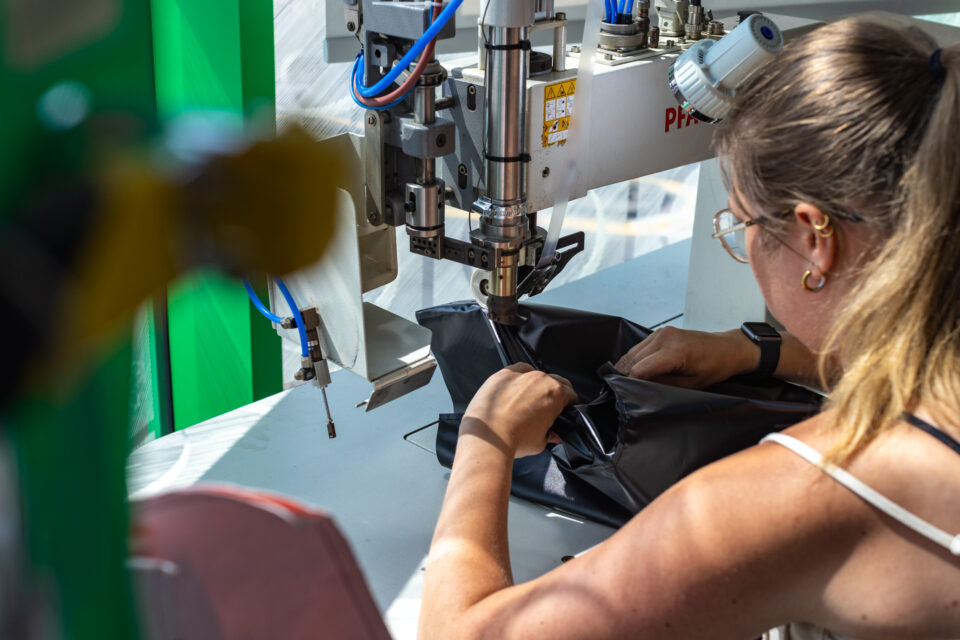

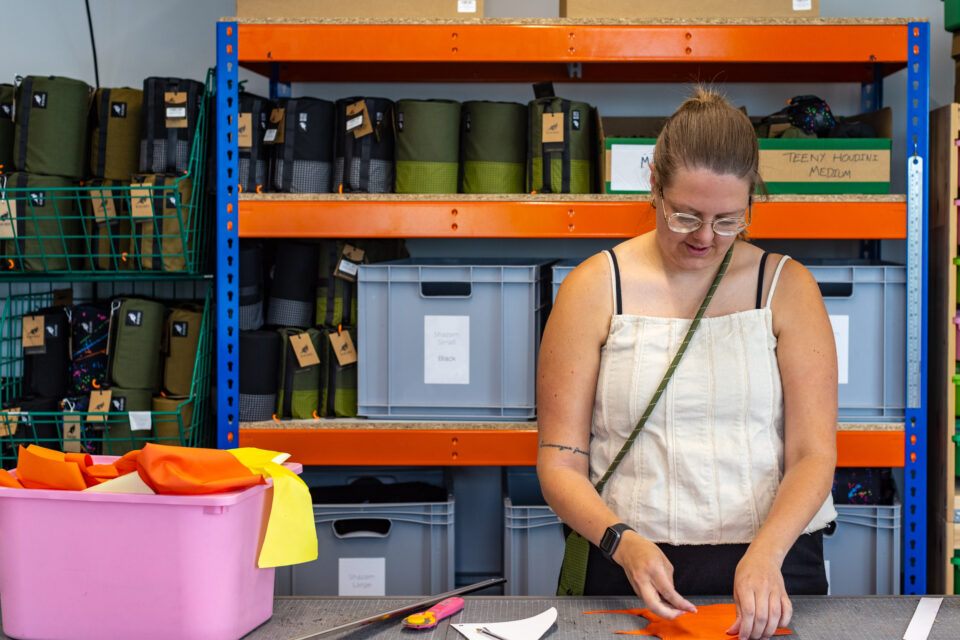
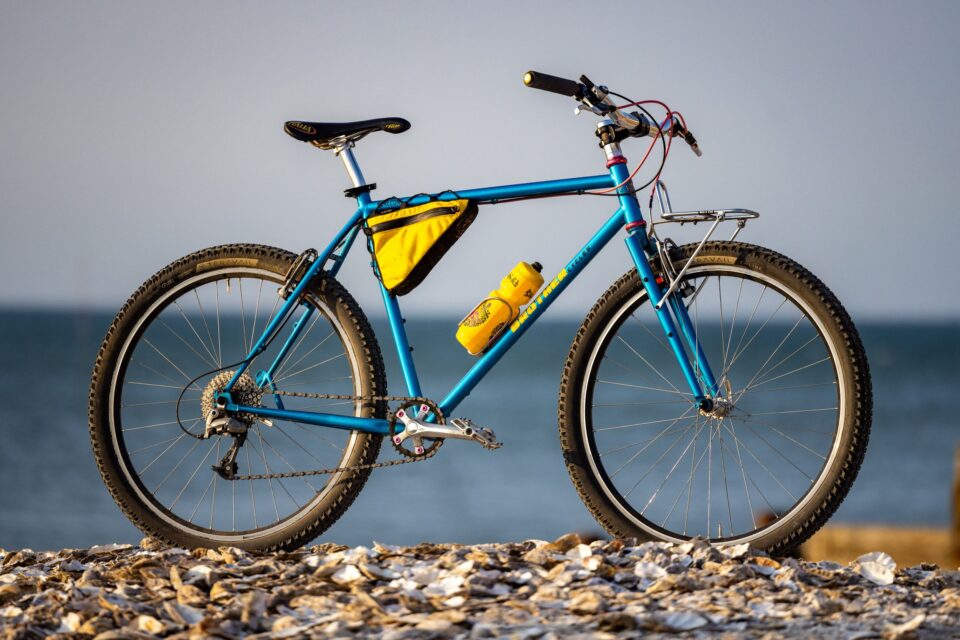

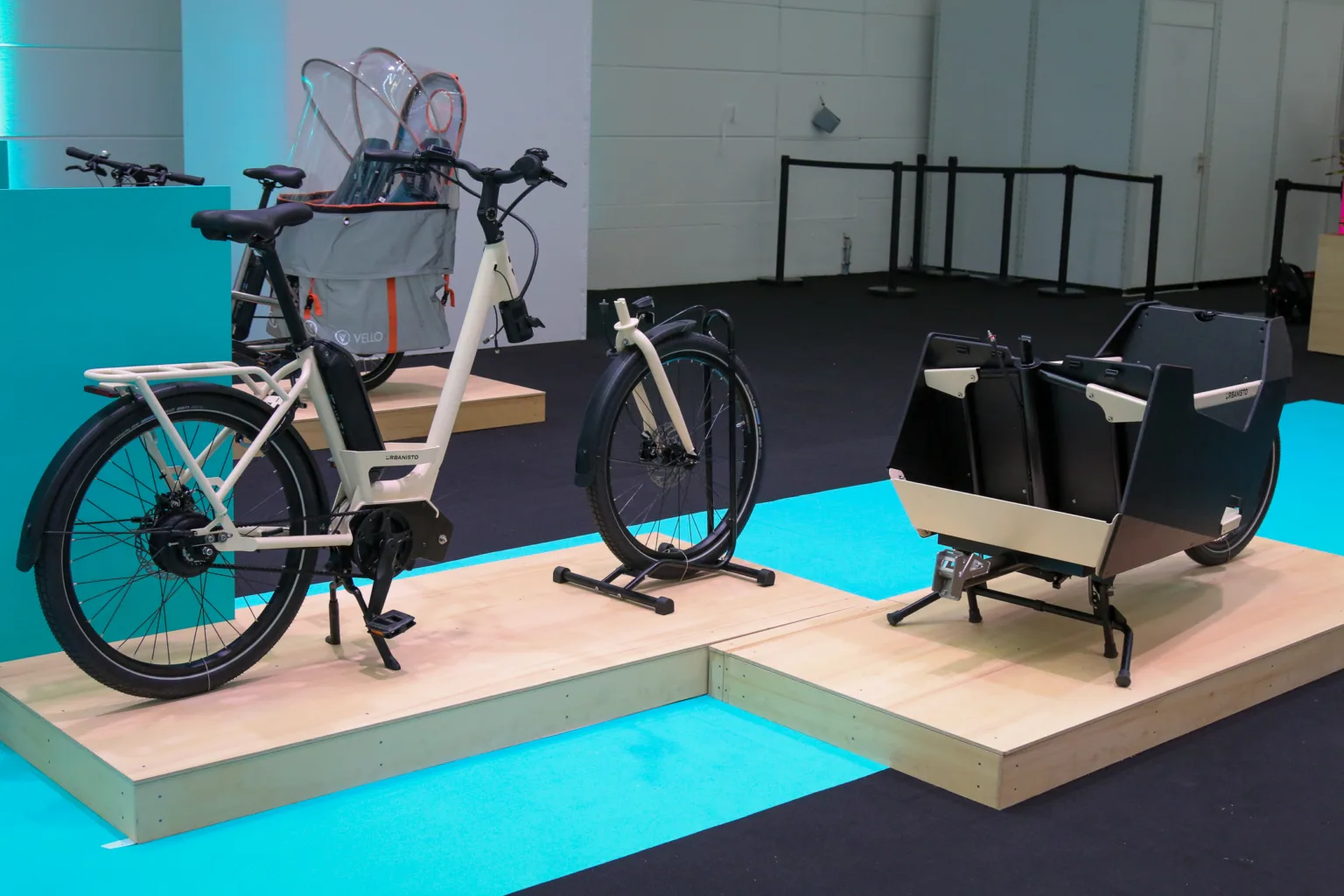

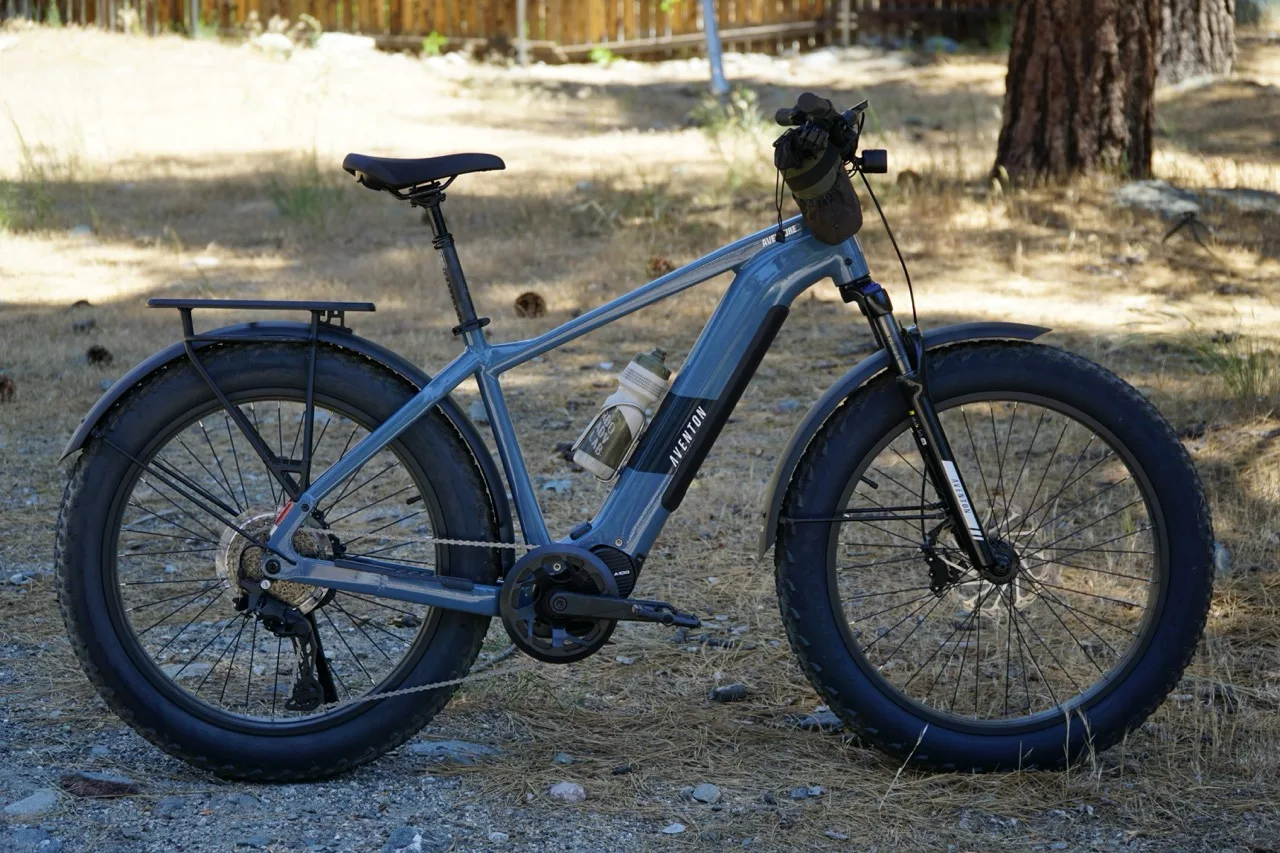
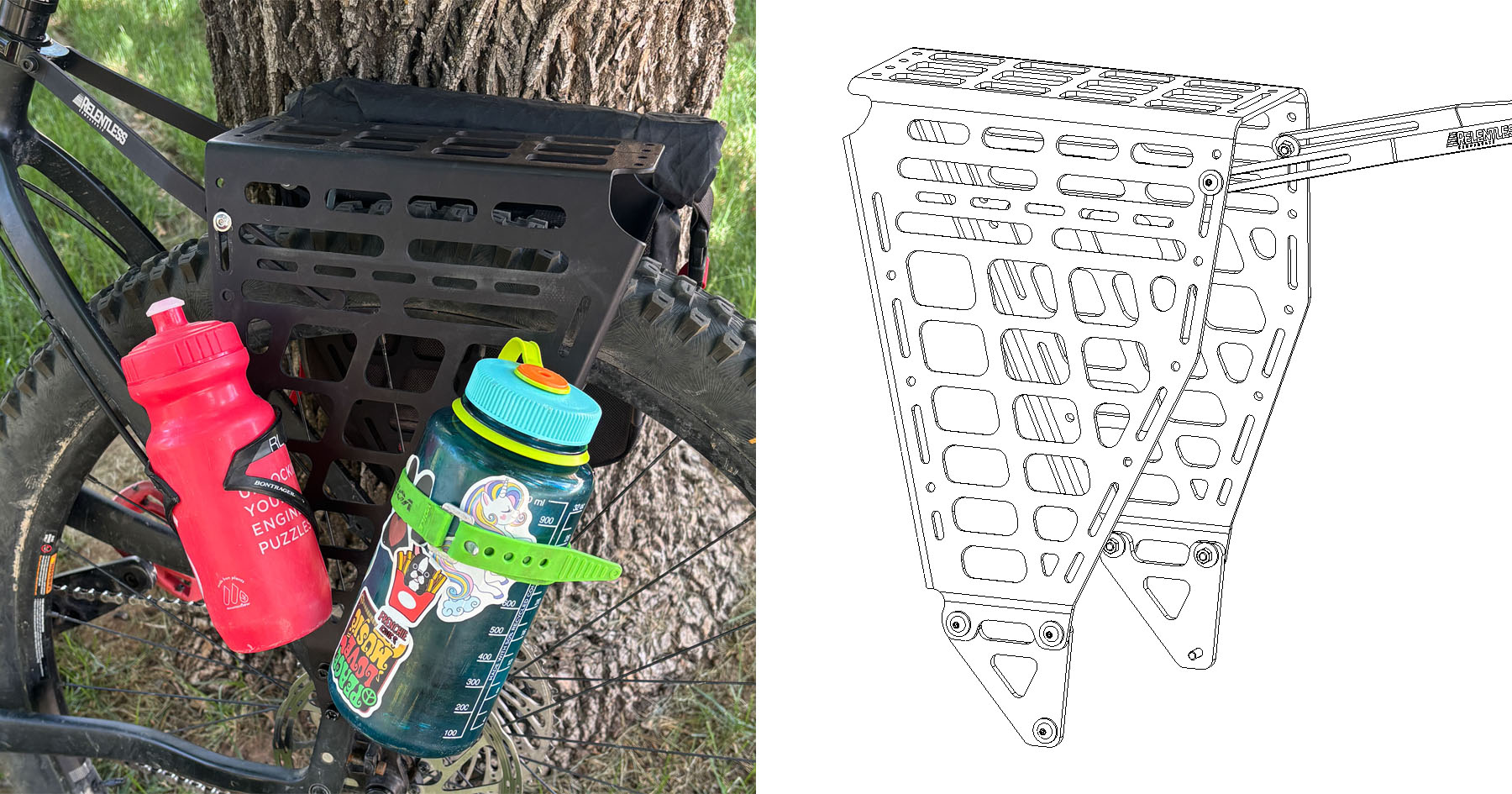
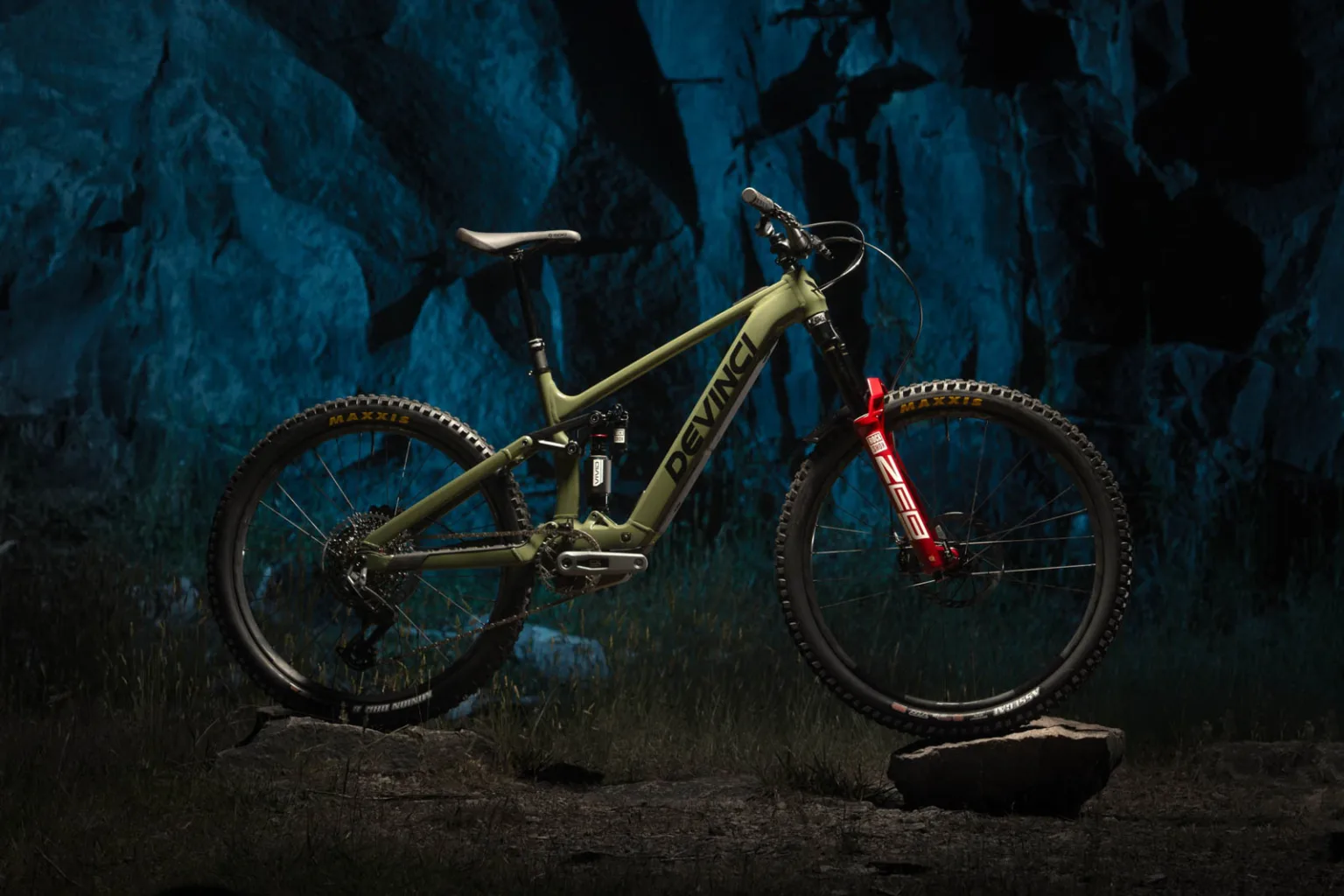

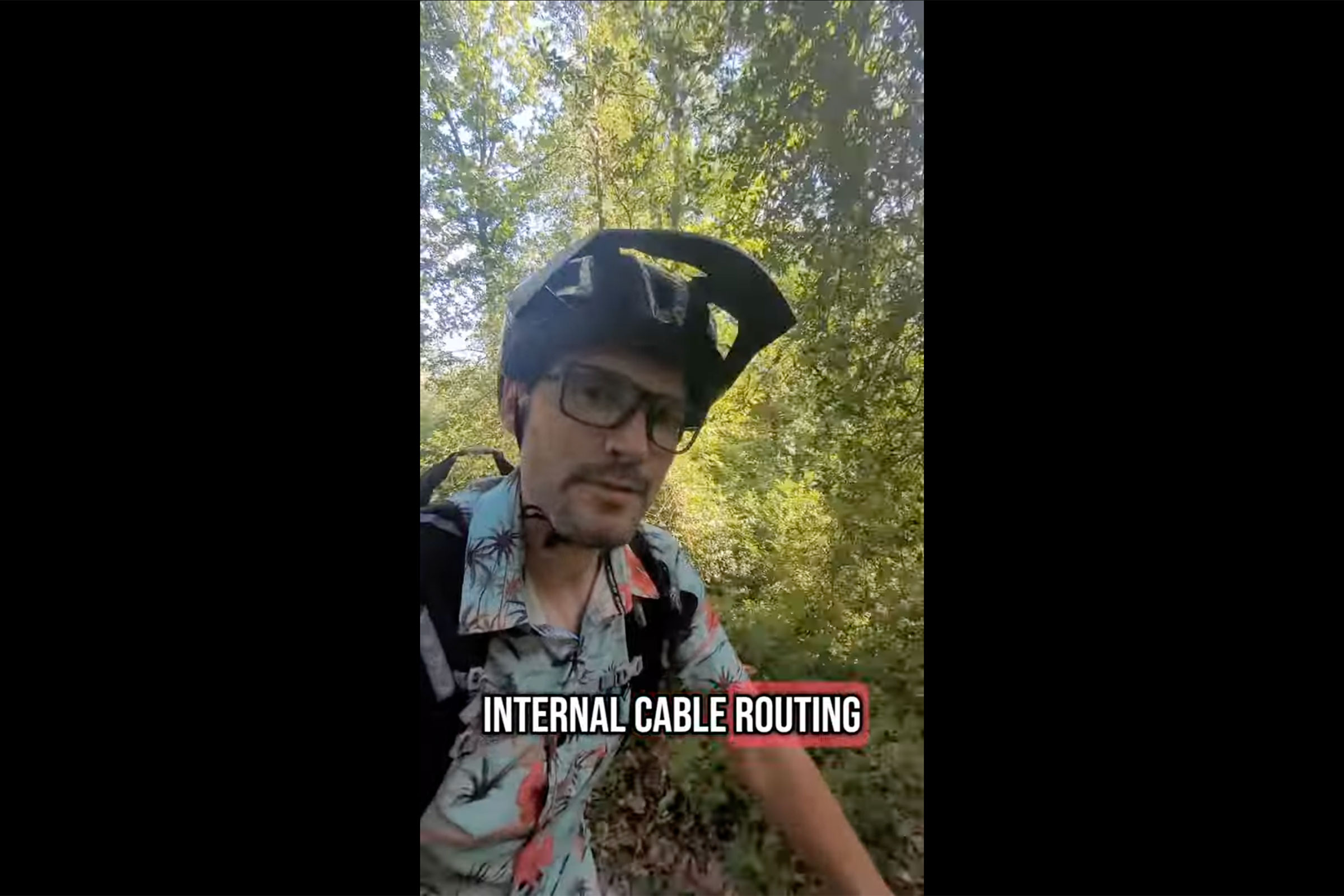


 English (US) ·
English (US) ·  French (CA) ·
French (CA) ·  French (FR) ·
French (FR) ·